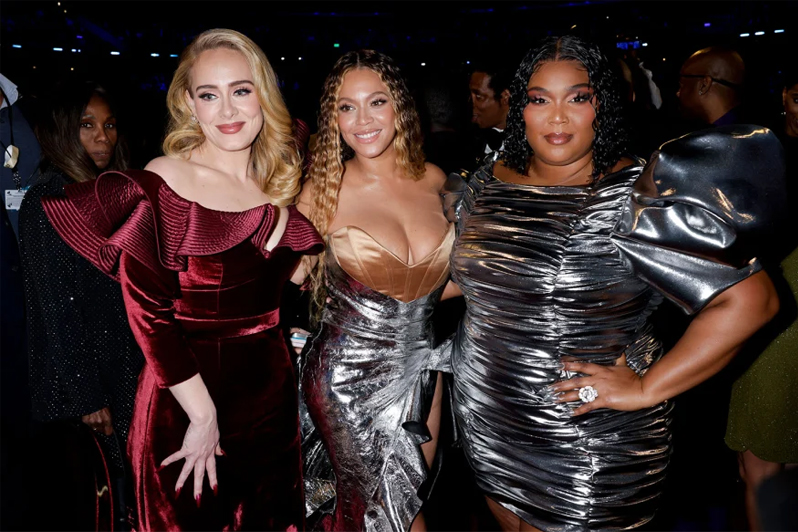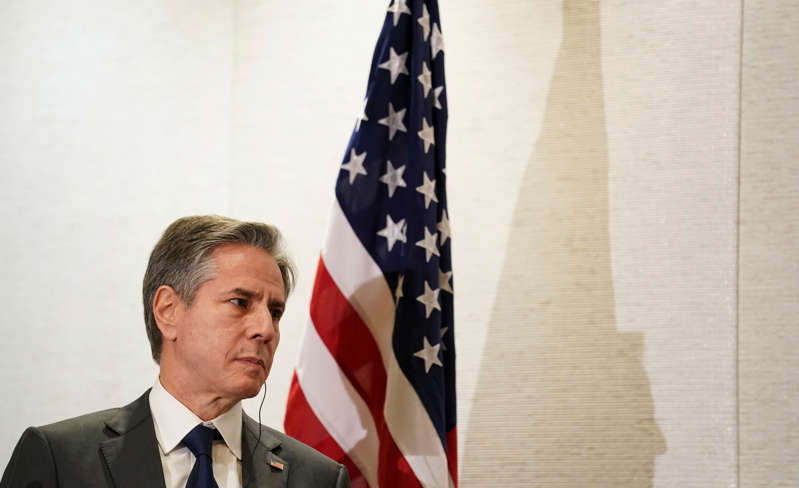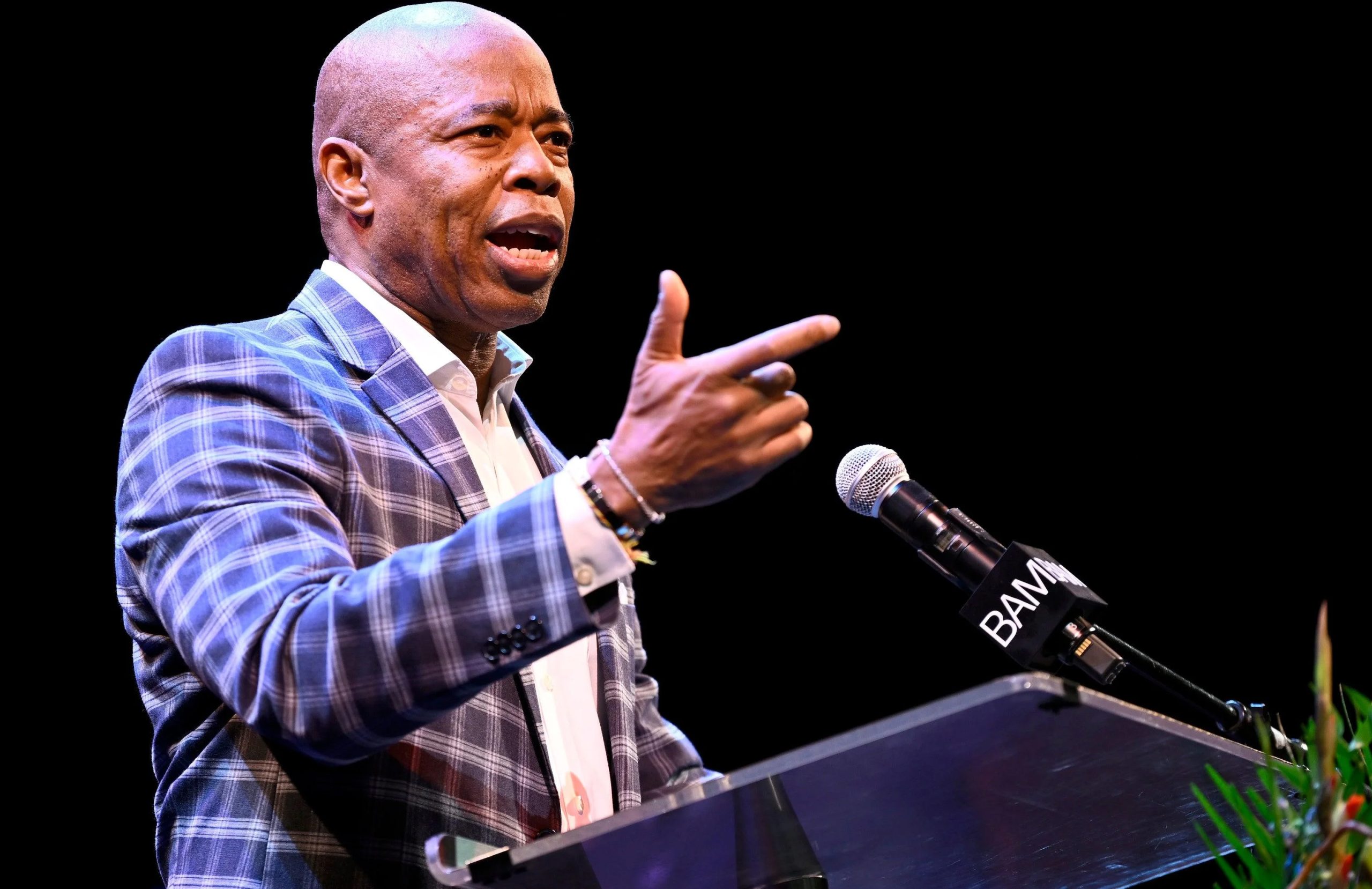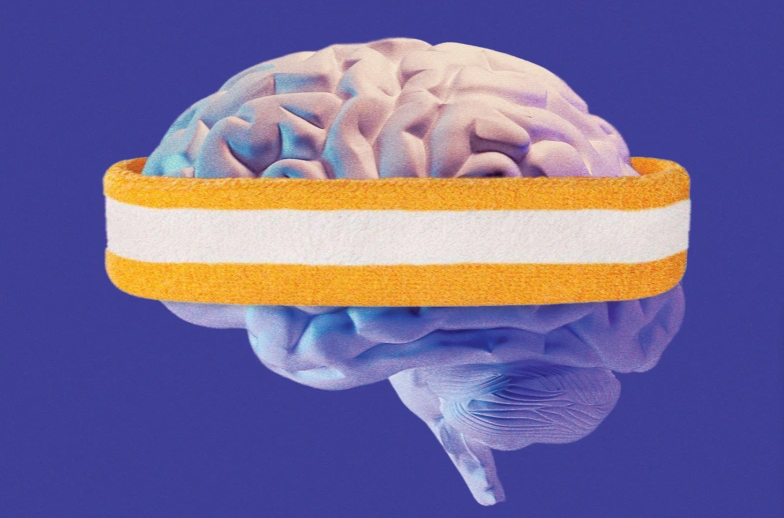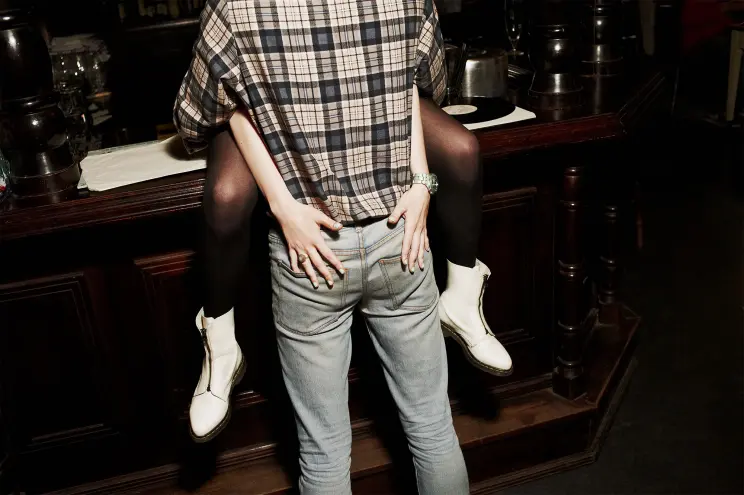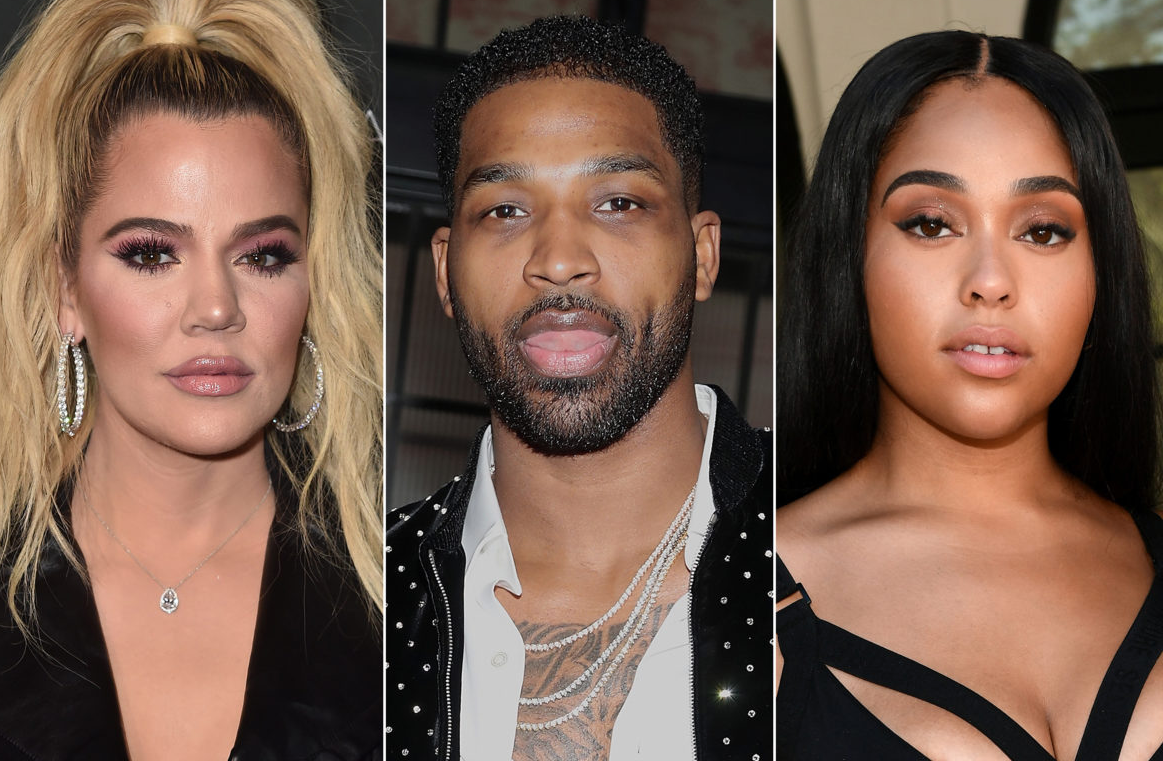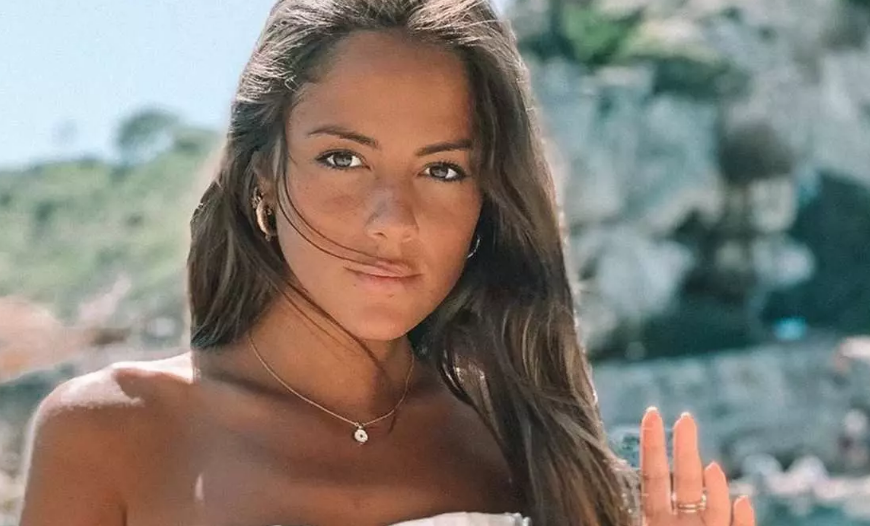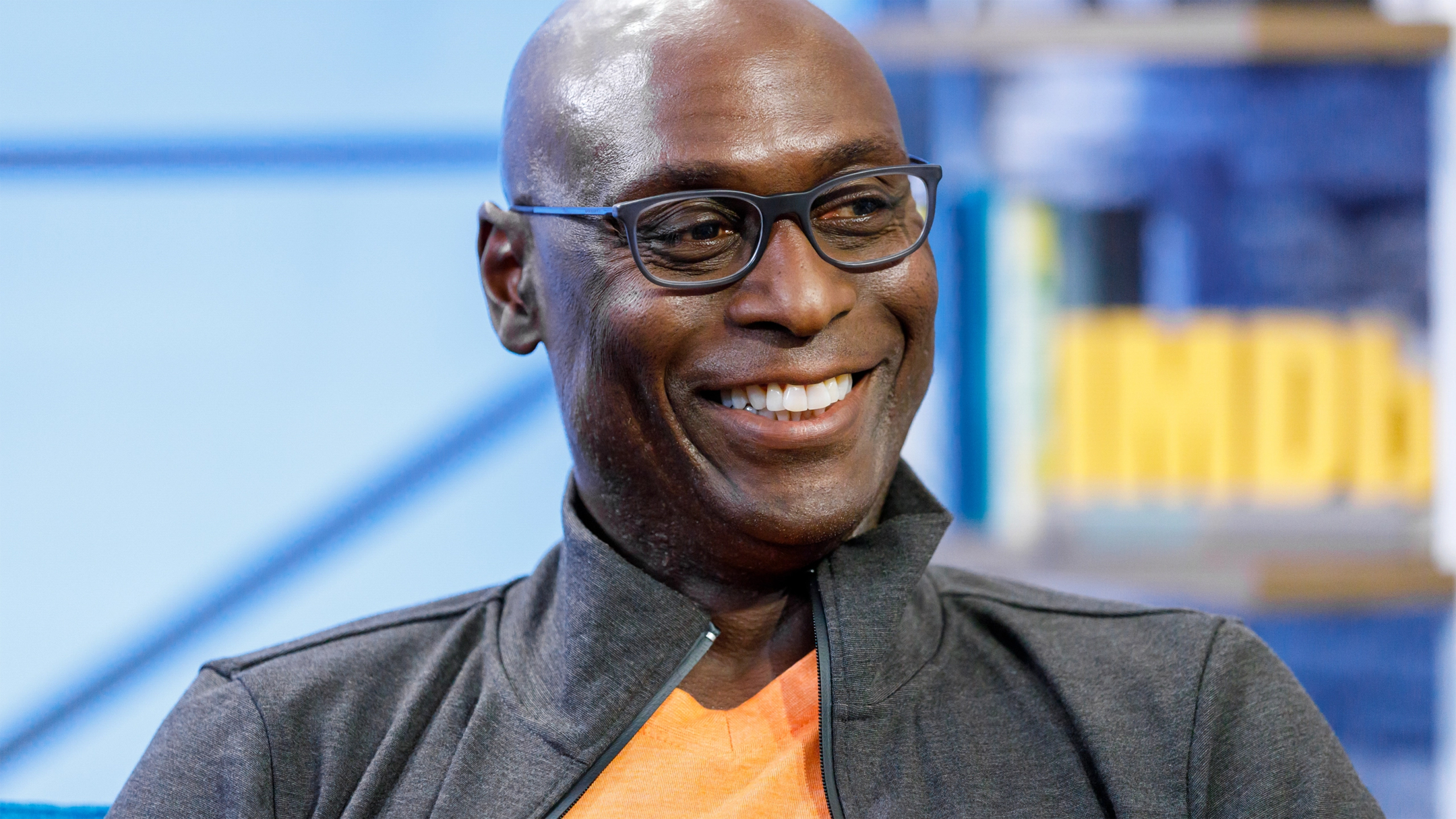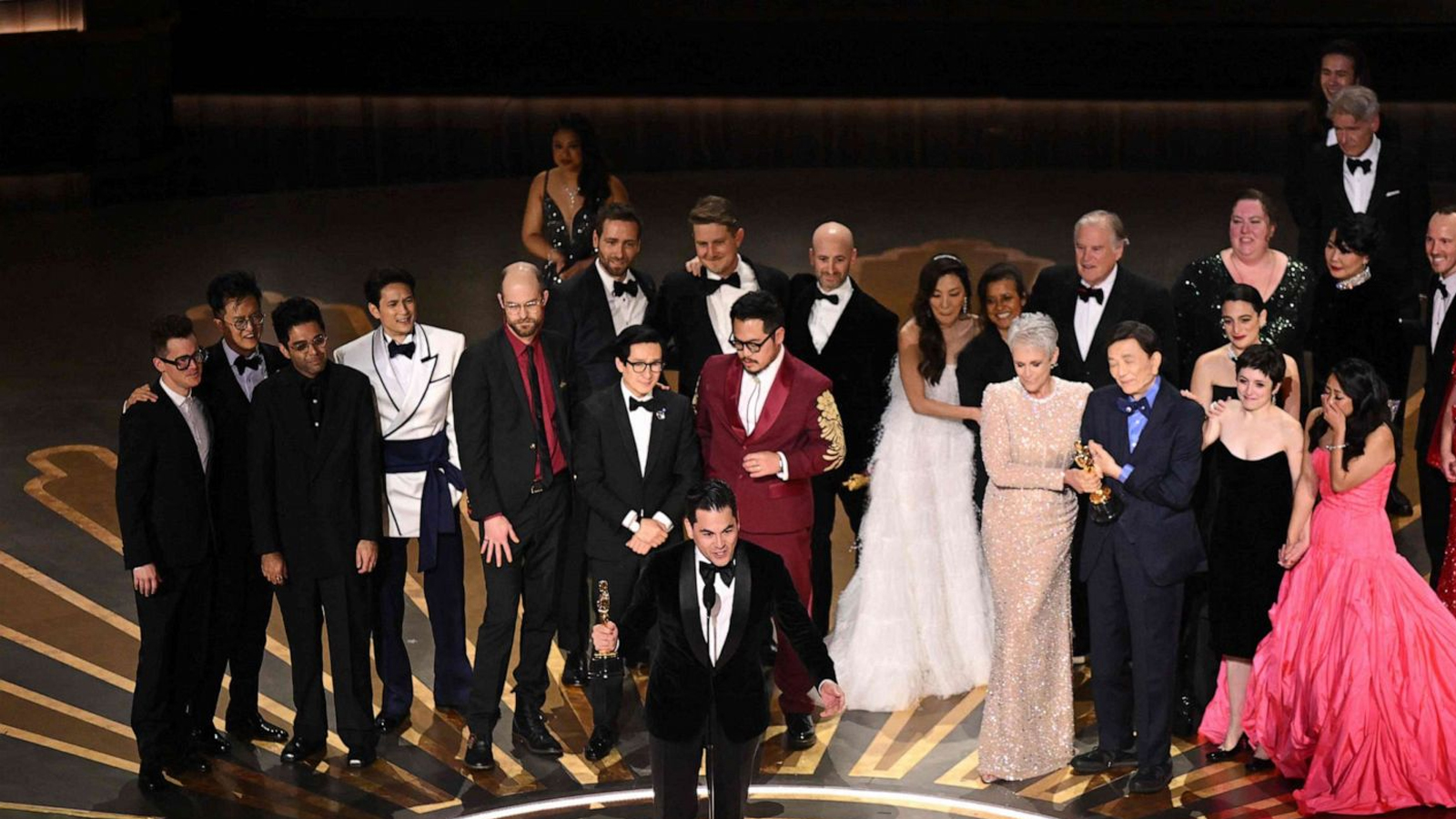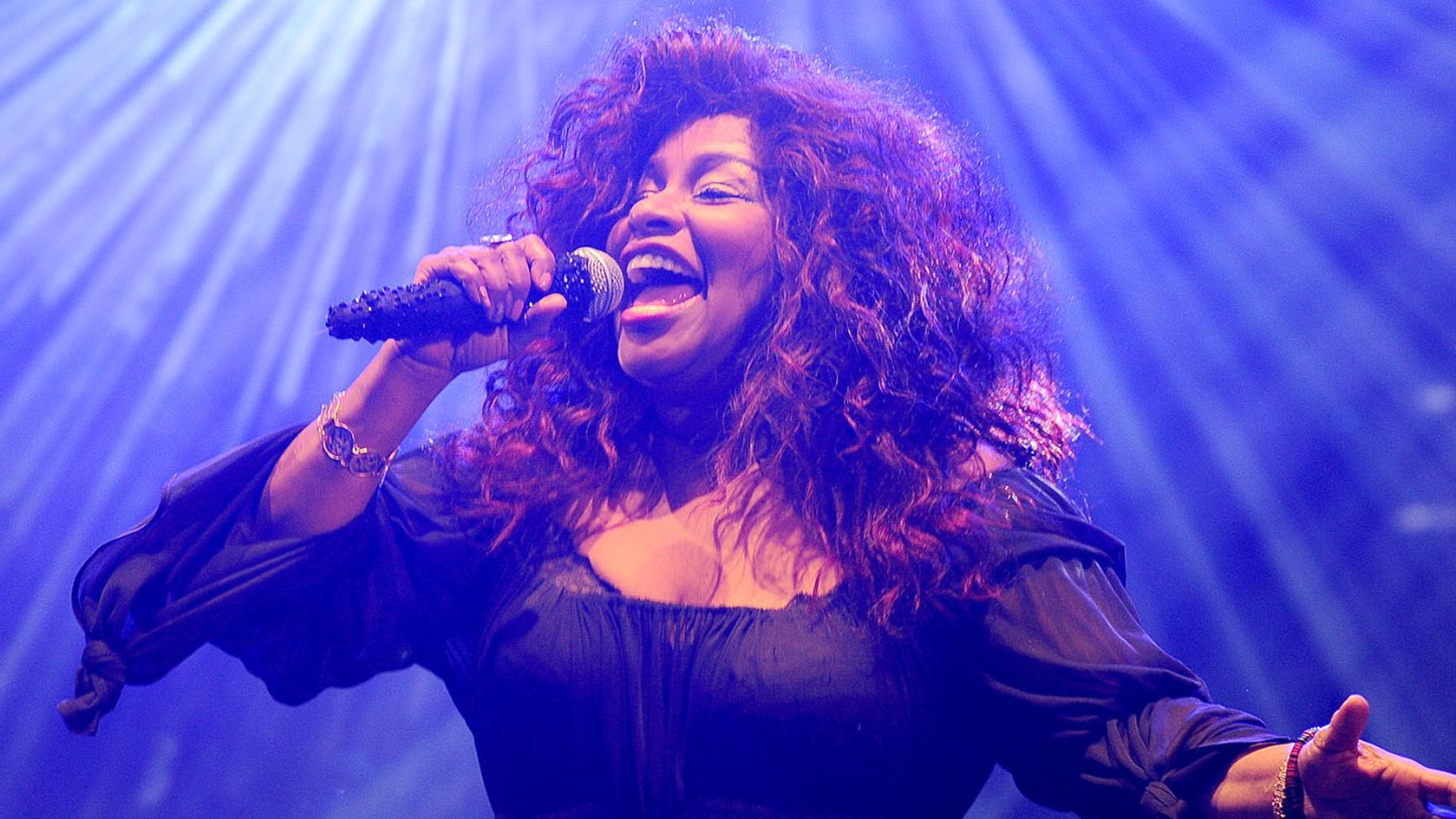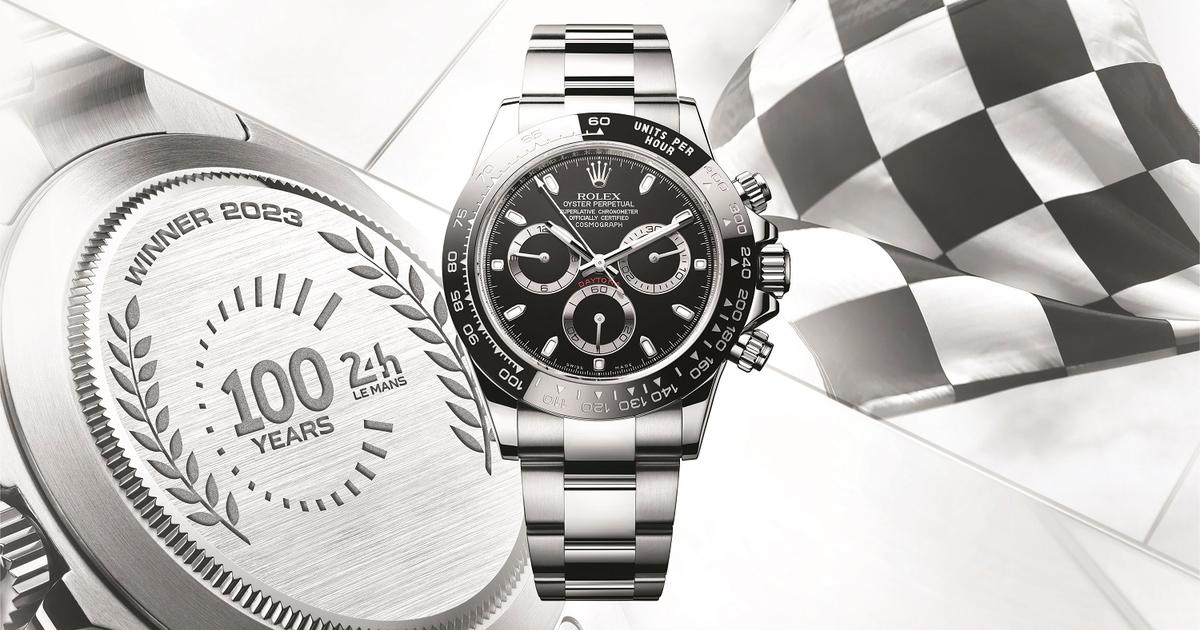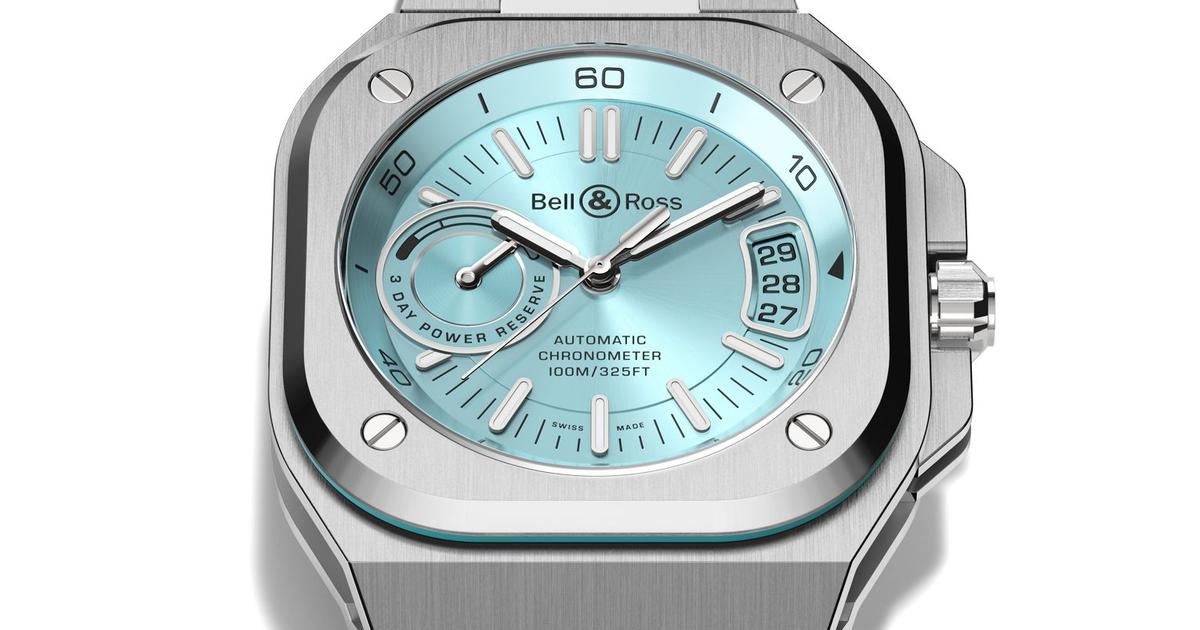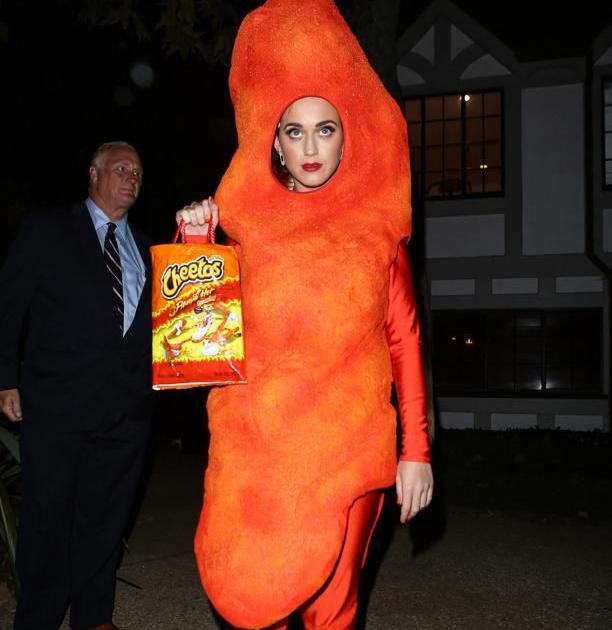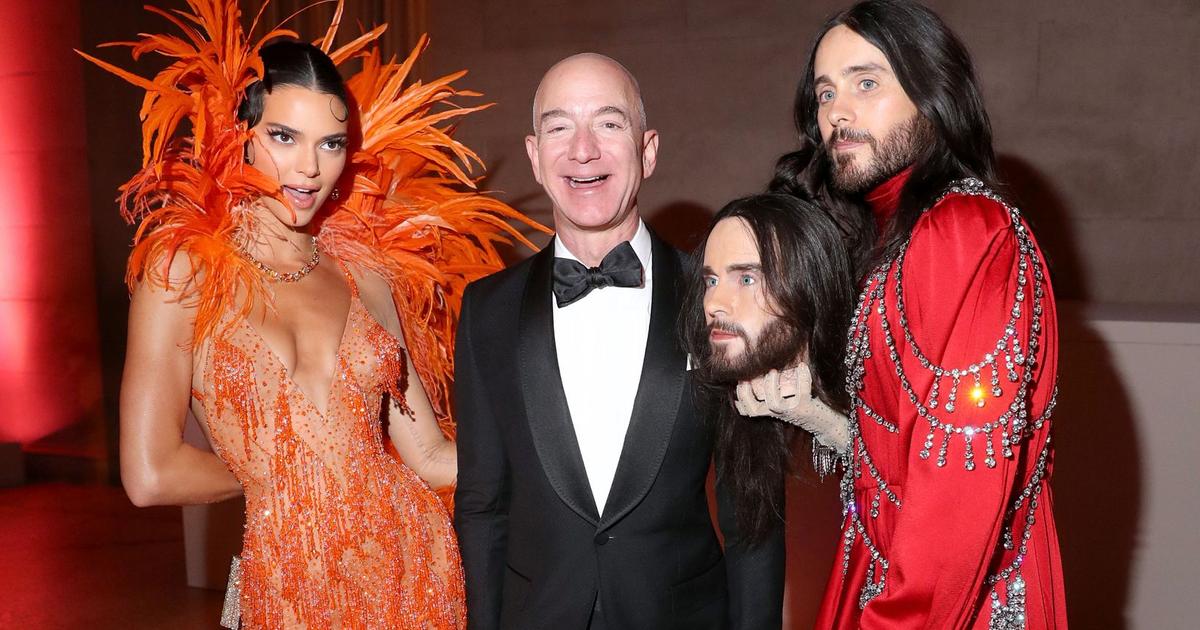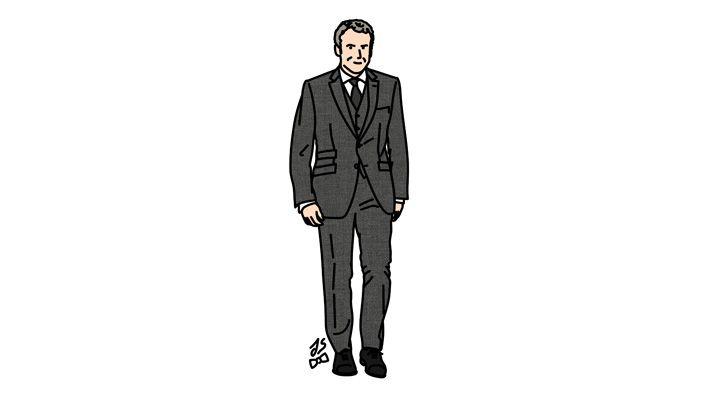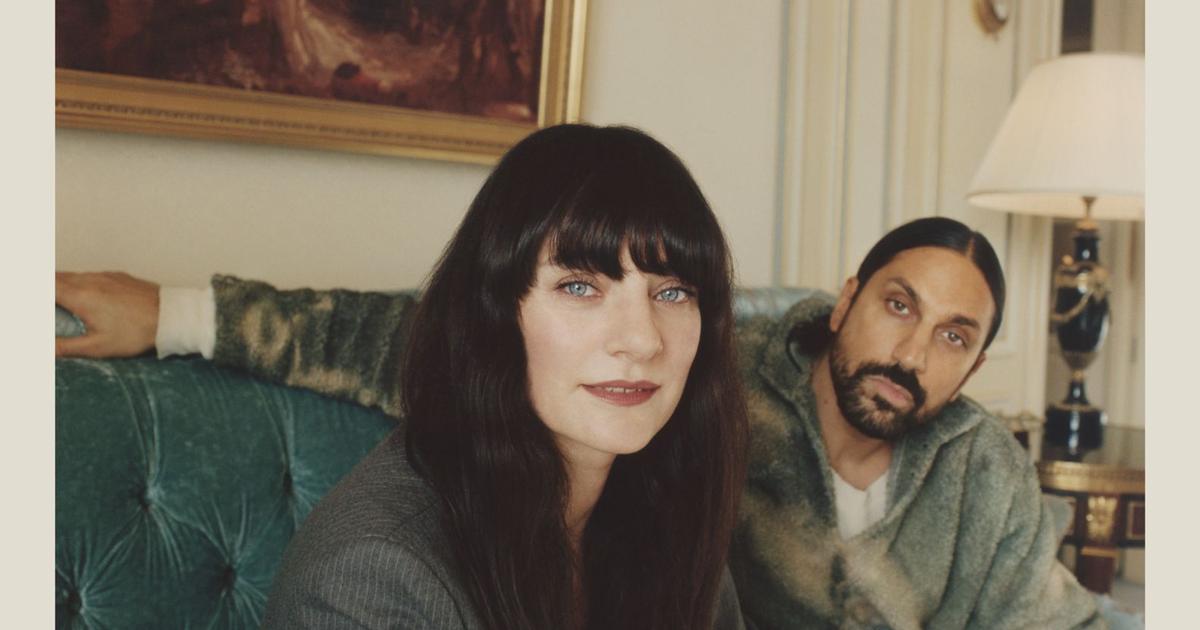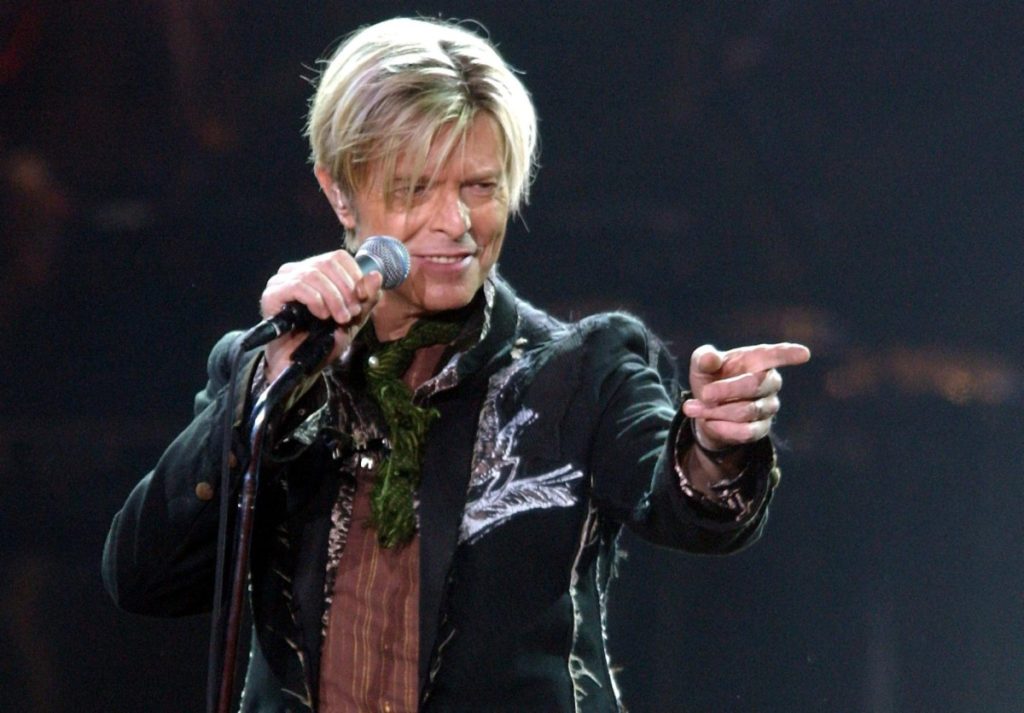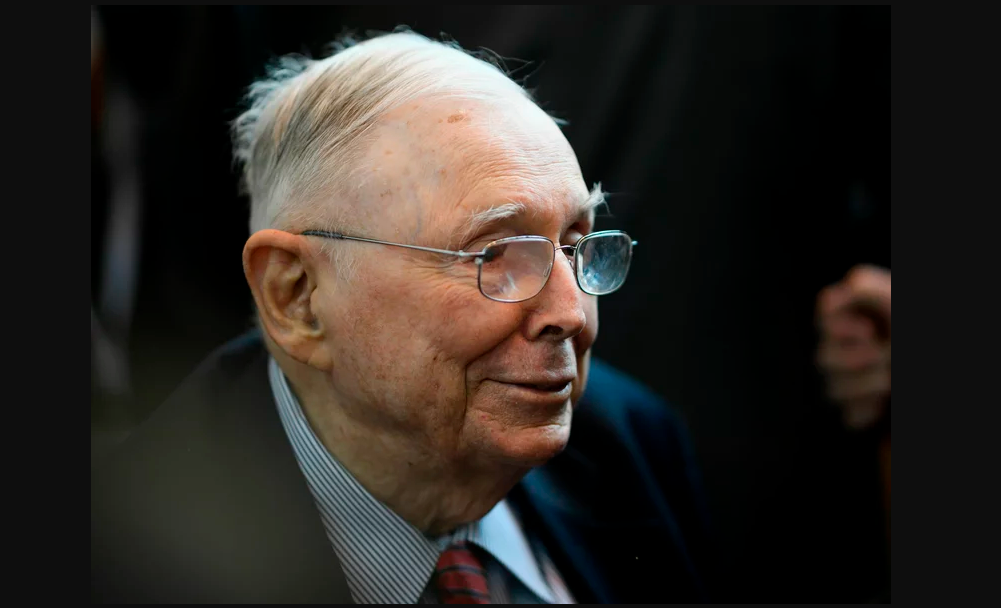David Bowie, the chameleon, the King of “glam”, Ziggy Stardust, the White Duke, the musician who went through almost all styles enjoying unanimous recognition from critics and the public, would have turned 75 this Saturday if it were not for the fact that he died with only 64 years as a result of liver cancer that he kept secret.
Born in South London on January 8, 1947, he was baptized as David Robert Jones, but when he turned 18 he changed his name to David Bowie: although he never wanted to elaborate on it, it is known that he took the surname of a character from the western “The Alamo”, early recognition of American culture.
Defining David Bowie is difficult because no one like him cultivated more styles, musical or costume, played ambiguity with his sexuality, turned away from politics, and even allowed himself to reject in 2003 a nobility title offered by the British queen – something that Mick Jagger and Elton John were very honorable — but Bowie declined without making a statement.
A MACHINE OF SUCCESS
Bowie had something of the King Midas of music: everything he played made him a hit, and indeed a list of his most popular songs would run for several pages. Not because he knew how to adapt to the tastes of the times, since he went much further, becoming himself the one who defined and marked the tastes of entire generations.
In a boiling musical world such as London in the seventies and eighties, Bowie coexisted with punk, disco, techno-pop, and neo-romanticism, without being pigeonholed into any of those styles but always maintaining an aura of originality above all of them.
Long is the list of artists of all styles who played and sang with Bowie, giving a new life to those songs: Freddie Mercury or Annie Lenox with “Under pressure”, Mick Jagger with “Dancing in the streets”, Lou Reed with ” Waiting for my man “, Tina Turner with ” Tonight “, ” Cher with Young America “, to name just a few.
He flirted with drugs, like all those of his generation, and in those young years of the late sixties, he saw fit to make para-fascist statements and declare himself gay and then bisexual, to later say that all that had been nothing but a desire to provoke, something that seemed necessary to avoid creating enmity in the American market, much more puritan than the British.
EPITOME OF ELEGANCE
But in addition to the music, Bowie will always be remembered for his natural elegance: no one like him knew how to wear a pistachio green suit with a colorful tie and a huge earring with such ease, without looking ridiculous, quite the opposite.
Bowie did not hesitate to apply colorful makeup to his face, brush his hair and dye it in all shades, dress up as a Martian or a Harlequin, put on an eye patch, or don those ornate layers of the neo-romantic style: on Bowie’s slender body, all the clothes and accessories looked tailor-made for him.
Even the couple he chose in 1992 and with whom he lived until his death, the Somali Imane, was herself a model of exceptional beauty, a regular cover of couché magazines, and together they formed something like the perfect couple.
Besides music and clothes, Bowie also made his first steps in the cinema, and acted in leading roles from the late 1970s, although he mostly did support roles or cameos, some in such successful films as “The Last Temptation of Christ” in 1988.
Few contemporary artists have garnered more unanimous applause and admiration, and to show this anecdote: his name has served to baptize a specimen of butterfly that is only found on an island in Malaysia and that by scientific consensus is now called Hereropoda davidbowie.
A tribute to the musician who did not hesitate to title an album with a title as bombastic as it is suggestive: “Rise and Fall of Ziggy Stardust and the spiders from Mars”.

